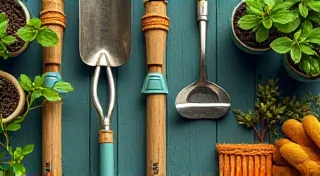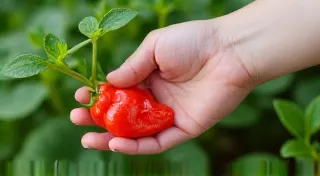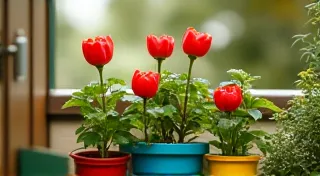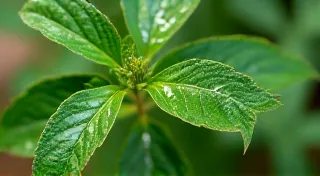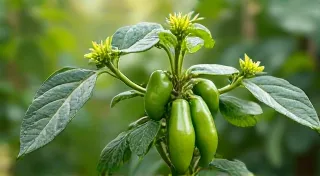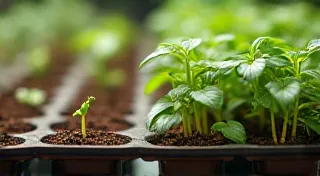Scotch Bonnet Peppers: A Caribbean Heatwave in Your Garden
Bring the vibrant flavors of the Caribbean to your garden with Scotch Bonnets! These peppers aren't just about intense heat; they boast a fruity, almost sweet flavor that makes them a culinary star. This guide covers all aspects of growing these intensely flavorful peppers, even for beginners.
What are Scotch Bonnet Peppers?
Scotch Bonnet peppers are a type of Capsicum annuum, widely used in Caribbean cuisine. They are characterized by their distinctive bonnet-like shape and fiery heat, typically ranking between 100,000 and 350,000 Scoville Heat Units (SHU). That puts them in the same league as habaneros! Beyond the heat, they offer a complex flavor profile with notes of apricot and citrus.
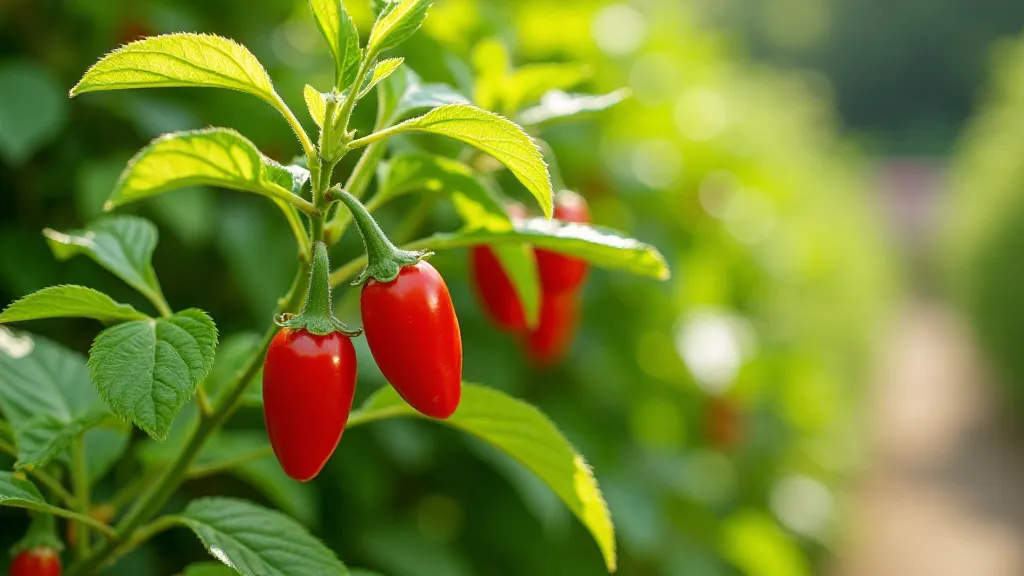
Getting Started: Seeds vs. Seedlings
You have two options for starting your Scotch Bonnet journey: seeds or seedlings.
- Seeds: Starting from seed requires a little more patience, as Scotch Bonnets can be slow to germinate. They need warmth (around 80-90°F / 27-32°C) to sprout. Use a heat mat to ensure consistent warmth. Soak seeds in warm water for 24 hours prior to planting to improve germination rates.
- Seedlings: Purchasing seedlings is a faster route. Look for healthy plants with sturdy stems and vibrant green leaves. Avoid plants with yellowing leaves or signs of pests.
Planting and Growing Conditions
Scotch Bonnets thrive in warm climates and need plenty of sunshine. Here's what they need to flourish:
- Sunlight: At least 6-8 hours of direct sunlight per day.
- Soil: Well-draining soil rich in organic matter. A mix of potting soil, compost, and perlite works well.
- Watering: Keep the soil consistently moist, but not waterlogged. Water deeply when the top inch of soil feels dry.
- Fertilizing: Feed your plants with a balanced fertilizer every 2-3 weeks during the growing season. A fertilizer with higher phosphorus content will encourage flowering and fruiting.
- Temperature: Ideal growing temperatures are between 75-95°F (24-35°C). They are extremely sensitive to frost.
Support and Pruning
As Scotch Bonnet plants mature and their peppers grow, they will need support. Use stakes, cages, or trellises to prevent them from falling over. Pruning is generally not necessary, but removing any dead or yellowing leaves will help keep the plant healthy. Removing some of the leaves in the center can help improve airflow and reduce the risk of fungal diseases.
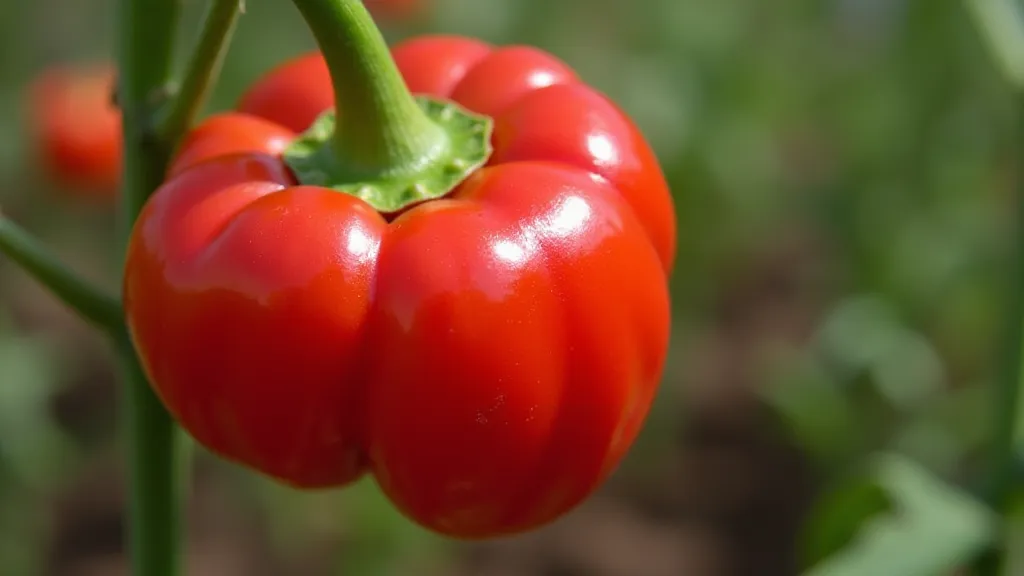
Common Pests and Diseases
Like all pepper plants, Scotch Bonnets can be susceptible to pests and diseases.
- Aphids: These tiny insects can suck the sap from your plants. Wash them off with a strong stream of water or use insecticidal soap.
- Whiteflies: Similar to aphids, whiteflies can also damage your plants.
- Fungal Diseases: Good air circulation and proper watering techniques can help prevent fungal diseases.
Harvesting Your Bounty
Scotch Bonnets are typically ready for harvest 60-90 days after planting. They're usually bright red when fully ripe, but can be harvested earlier if desired. Handle the peppers with care, as the oils can irritate the skin. Wear gloves when harvesting and avoid touching your eyes.
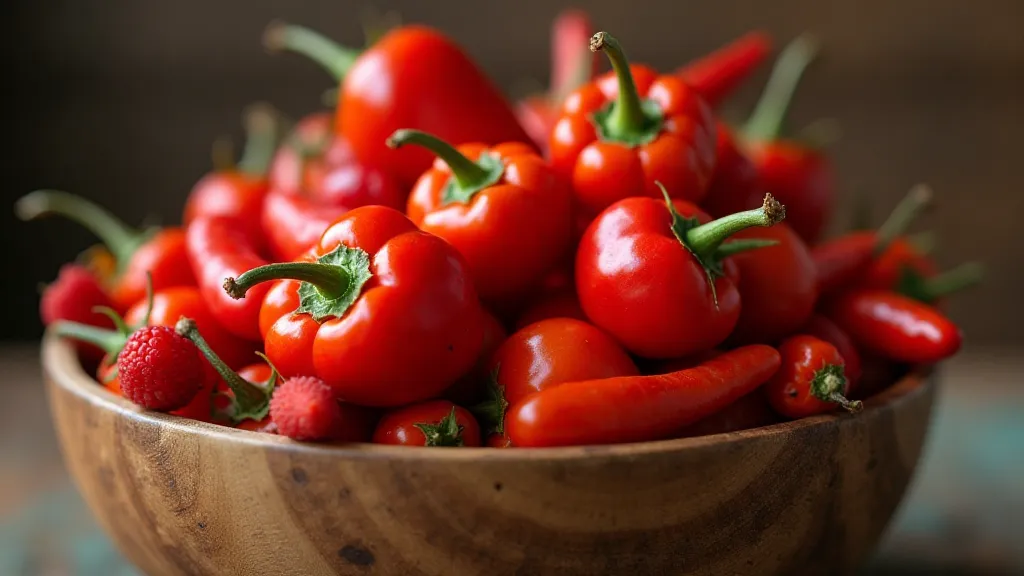
Enjoying Your Harvest
Scotch Bonnets are incredibly versatile! They're used in a wide range of Caribbean dishes, from jerk chicken to pepper sauces and stews. Remember to use them sparingly – a little goes a long way!
